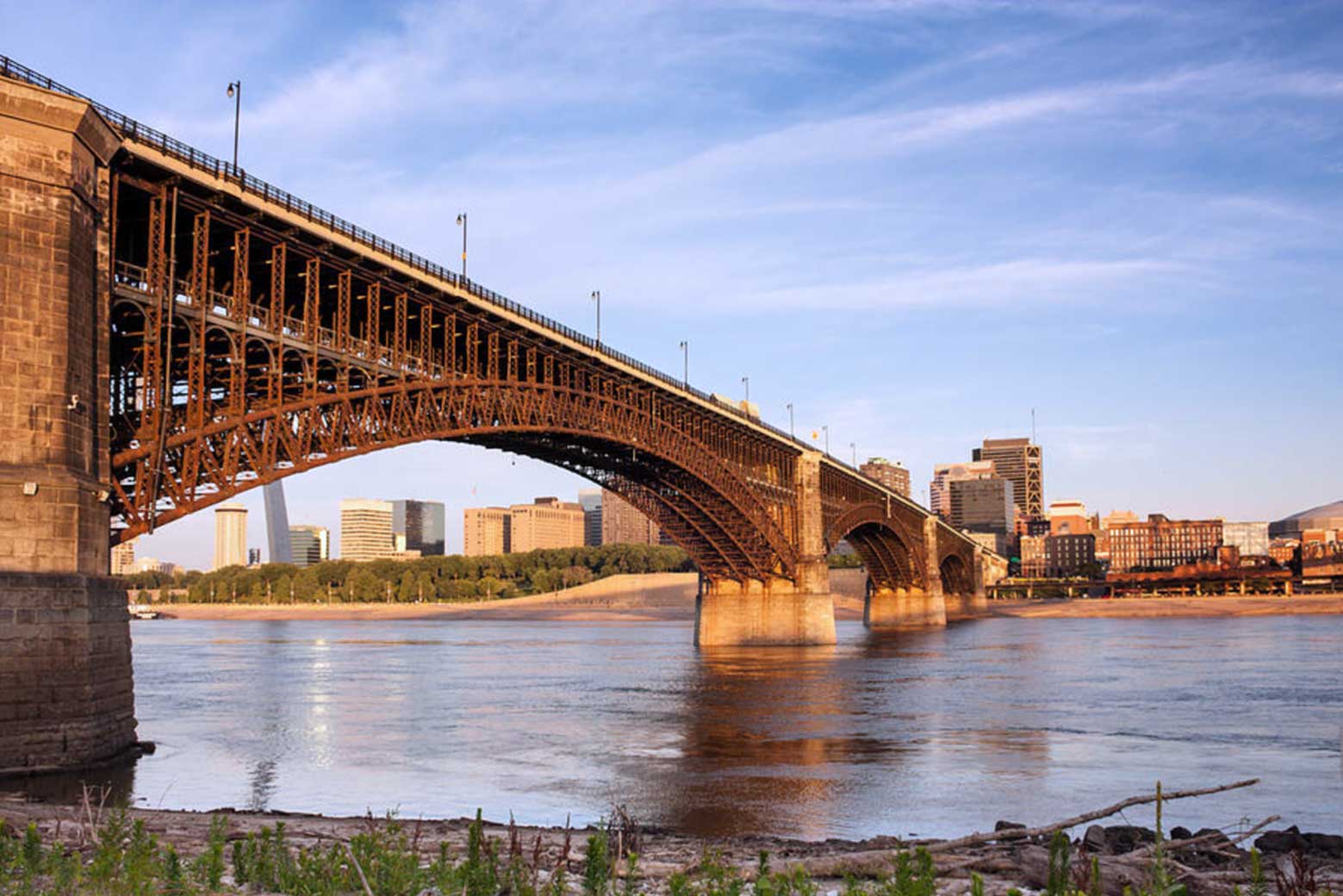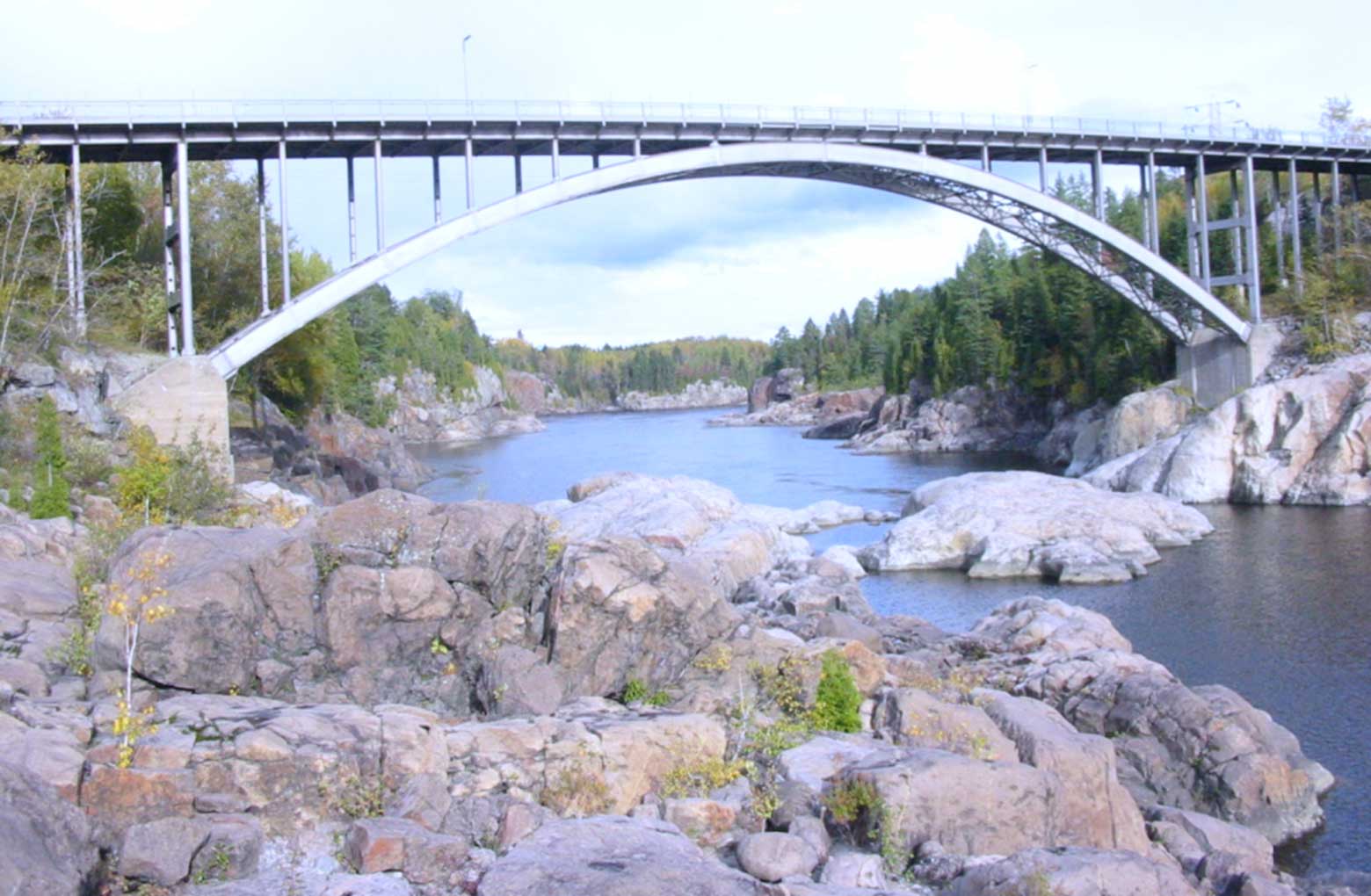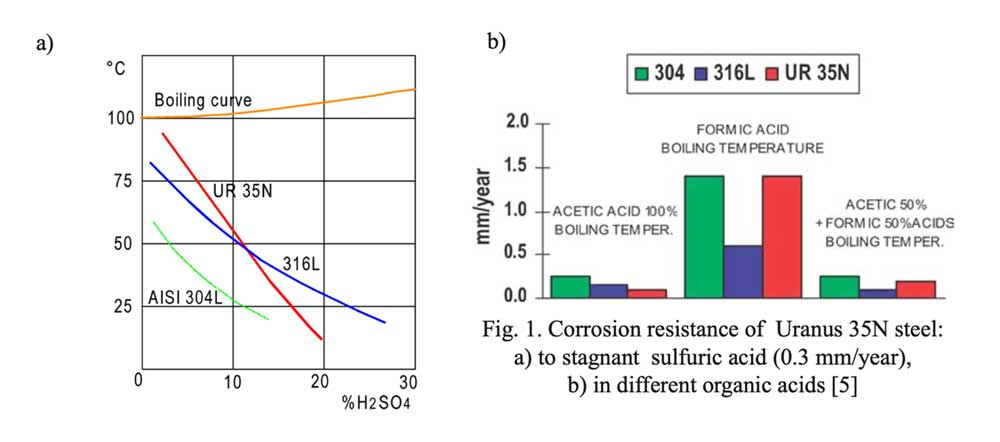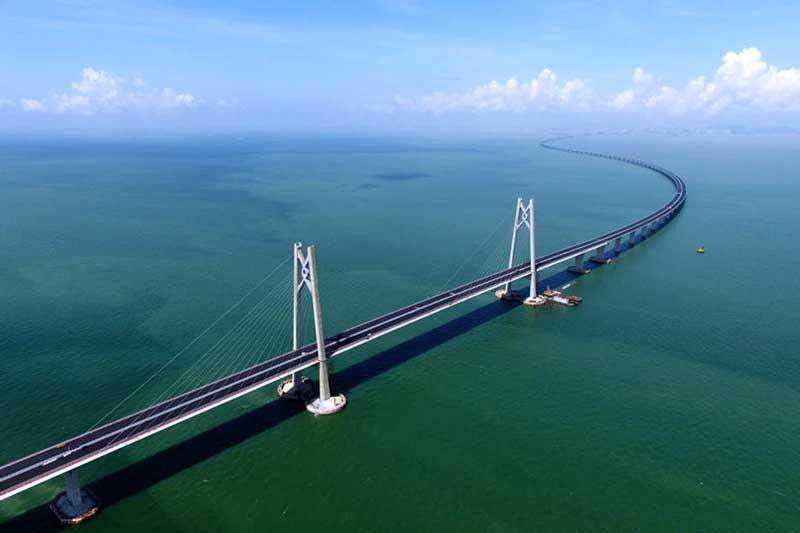Overview
Europe and America took the lead in bridge construction before 1970S. In 1990S Japan took their place. The 21st century witnessed China as the new star emerging in this field. This week we will introduce the metal bridge development in perspective of construction materials from Iron to stainless steel.
The Boom in Bridge Constructions
Every boom in building bridges can hardly get rid with unexceptional scale of steel production. For instance, the Iron Bridge, the first bridge ever made of Iron in UK is the symbol of the Industrial Revolution. In 1995, steel bridge construction achieved to the maximum of 861000 tons in Japan, with their steel production and welding technologies (The Worldfolio 2025) highly developed. In 21st century, China has built numerous world-record-breaking bridges and their achievements on bridge construction can hardly be ignored. China also grows to the leading stainless steel exporter all over the world.
The Issue & The Solution
Bridge construction keeps exploring the new solutions and materials as the main issue is to provide long service life. According to EN 1990 standard, bridges are required to have 100 years of service life, within which period they must function without failure (Eurocodes 2006). To keep searching for new construction materials that can better meet the standard is undoubtedly a practical solution. From iron to stainless steel, there is a history to learn about.
Construction Material Evolved From Iron to Stainless Steel
• The prevalence of metal bridge starts from the Industrial Revolution in 18th century, epitomized by the Iron Bridge built in Shropshire England, UK in 1779 and officially opened for traffic on 1 January 1781. From hence on, wood and stone bridge gradually gave place to iron for iron was cheap, abundant and quite useful. Iron bridge embraced its golden age between 1840 and 1880.

• In 1874, puddle iron was firstly introduced in bridge construction. It was applied in the Eds Bridge spanning the Mississippi River in 1874. By that time, wrought iron cost twice as much as cast iron but resisted tension justified the extra money (Eric Delony, 1994). S235 & S355 are the typical grades of steel applied in building bridges.

• The research works carried on but not limited to ferrous materials. In 1950, the Arvida Bridge, the world’s first all-aluminum bridge was built over the Sa- guenay River in Arvida Canada. Due to the affordable price, the light weight and also good corrosion resistance, aluminum rose up to compete with the basic steel grades as above mentioned.

• The history of bridges constructed with stainless steel is not far from us. Stainless steel was first applied in bridge engineering for the modernization of the arched bridge, the Kungalv Bridge in Sweden in 2003. The corroded hangers were superseded by new ones made of 1.4462 duplex stainless steel (PAWEŁ KOSSAKOWSKI, 2016).

The evolving materials from iron to stainless steel applied in bridges depict us a picture of how our society advanced in time and the role they played in modernization of bridges and beyond. While stone bridges withstand time and harsh environment, their shape and weight pose challenges. Wood, iron, steel and even aluminum necessitate extensive maintenance to keep the bridges in good condition. All these drawbacks paved the way for the popularity of stainless steel in modern bridge construction.
The Stainless Steel Grades Used in Bridge Engineering
Both austenitic stainless steels and duplex stainless steels are applied in bridge engineering as categorized below,
- • Austenitic stainless steel grades: 1.4401 (316), 1.4404 (316L), 1.4307, 1.4301 (304), 1.4003, 1.4017
- • Duplex stainless steel grades: 1.4362, 1.4462 (duplex 2205), 1,4162
For coastal regions or areas exposed to de-icing salts 316 is essential as 316 is regarded as true stainless steel in bridge construction (Nicholas Santero, 2015). However, duplex stainless steels are preferable to austenitic stainless steel in bridge construction as they have much better mechanical properties without compromising on deformability and corrosion resistance that austenitic stainless steels embody. Duplex stainless steel features better stress corrosion resistance in relative to common austenitic grades 304 & 316L (PAWEŁ KOSSAKOWSKI, 2016). Below are figures (PAWEŁ KOSSAKOWSKI, 2016) comparing the corrosion resistance between duplex UR 35N and austenitic 304 &316L.

Stainless Steel at CIVMATS, China
Whether you are looking for austenitic stainless steel like 304 & 316L, or duplex stainless steel 2205 (S32205, or 1.4462) materials, in flat shape or in long shape, CIVMATS the leading stainless steel manufacturer in China will have ready stainless steel solutions for you. Grades, dimensions, finishes are all customizable. Welcome for your inquiry and purchasing.

